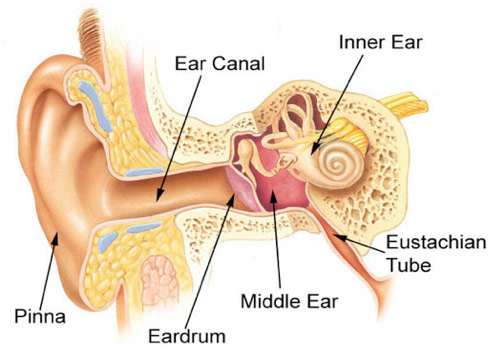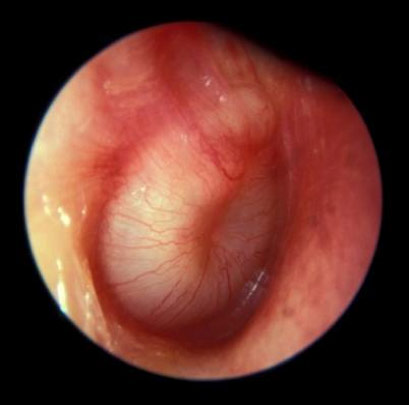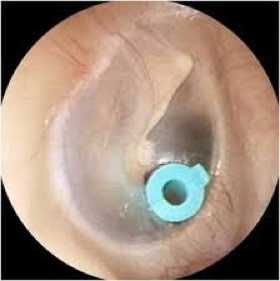- New Sublingual Allergy Tablets - October 31, 2014
- Ground-breaking New Treatment Option for Sleep Apnea - September 27, 2014
- Allergies versus Viruses in Children - September 27, 2014
- “Dog Dust” Protects Children from Allergies - September 27, 2014
- Nasal Saline Irrigation - August 8, 2014
- Doctor, I am Allergic to Dust. What Can I do? - July 31, 2014
- Infants Exposed to Dust Mites Less Likely to Develop Allergies - June 23, 2014
- How to Treat a Young Child’s Cough - December 17, 2013
- Many Parents are Unaware That Their Children Are at Risk for Noise Induced Hearing Loss - December 9, 2013
- Is it a Cold or an Ear Infection? - December 9, 2013
How do I know if my child needs ear tubes?
My child has had a history of multiple ear infections, which have usually been treated with antibiotics. The last few ear infections have not responded well to antibiotics and have taken longer than usual to heal. Our pediatrician referred us to an ENT physician to consider ear tubes to prevent future ear infections and complications. Is this something that my child should have done?

Discussion:
Placement of ear tubes (tympanostomy) is the most common surgical procedure performed on children in the United States. It is a very low-risk and safe procedure when performed by a qualified pediatric otolaryngologist. Ear tubes are usually recommended for children with recurrent ear infections or persistent fluid in the middle ear.
Ear tubes become necessary when the middle ear space does not get adequate oxygen. The Eustachian tube is a flexible tube connecting the nose and ears. It is responsible for regulating the pressure in the middle ear and providing oxygen to the middle ear. The Eustachian may become ineffective in children with large adenoids, chronic allergies or nasal congestion. When this occurs, the middle ear does not ventilate well and may develop a fluid collection. Normally, fluid drains or is reabsorbed over time in the middle ear. However, if it persists, it can become thick and “glue like” making it less likely to resolve on its own. It may also become infected, resulting in a middle ear infection, or otitis media.

US Clinical Practice Guidelines were published for tympanostomy tubes in children[i] and suggest considering the following factors when making a decision about ear tubes:
- The number and duration of ear infections
- Are infections responsive to antibiotics?
- Does the child have persistent fluid in the ears?
- Does the child have hearing loss from fluid in their ears?
- A child’s speech/language development and school performance.
It is recommended to place ear tubes in children who have:
- Fluid in the middle ear for more than three months
- Three or more infections in the last six months (or four in one year)
- Risks for speech, language or learning problems due to other health problems.
While these guidelines provide suggestions, every child must be evaluated independently to make the best medical decision for them. Your doctor can help you understand the risks and benefits of the procedure.

For more information about ear tubes for your child please feel free to contact Dr. Belinda Mantle, pediatric otolaryngologist at the Osborne Head and Neck Institute.
Key Points:
- Placement of ear tubes (tympanostomy) is the most common surgical procedure performed on children in the United States.
- There are criteria that suggest a child may need ear tubes. Consultation with a pediatric otolaryngologist can help you determine if your child needs tubes.



